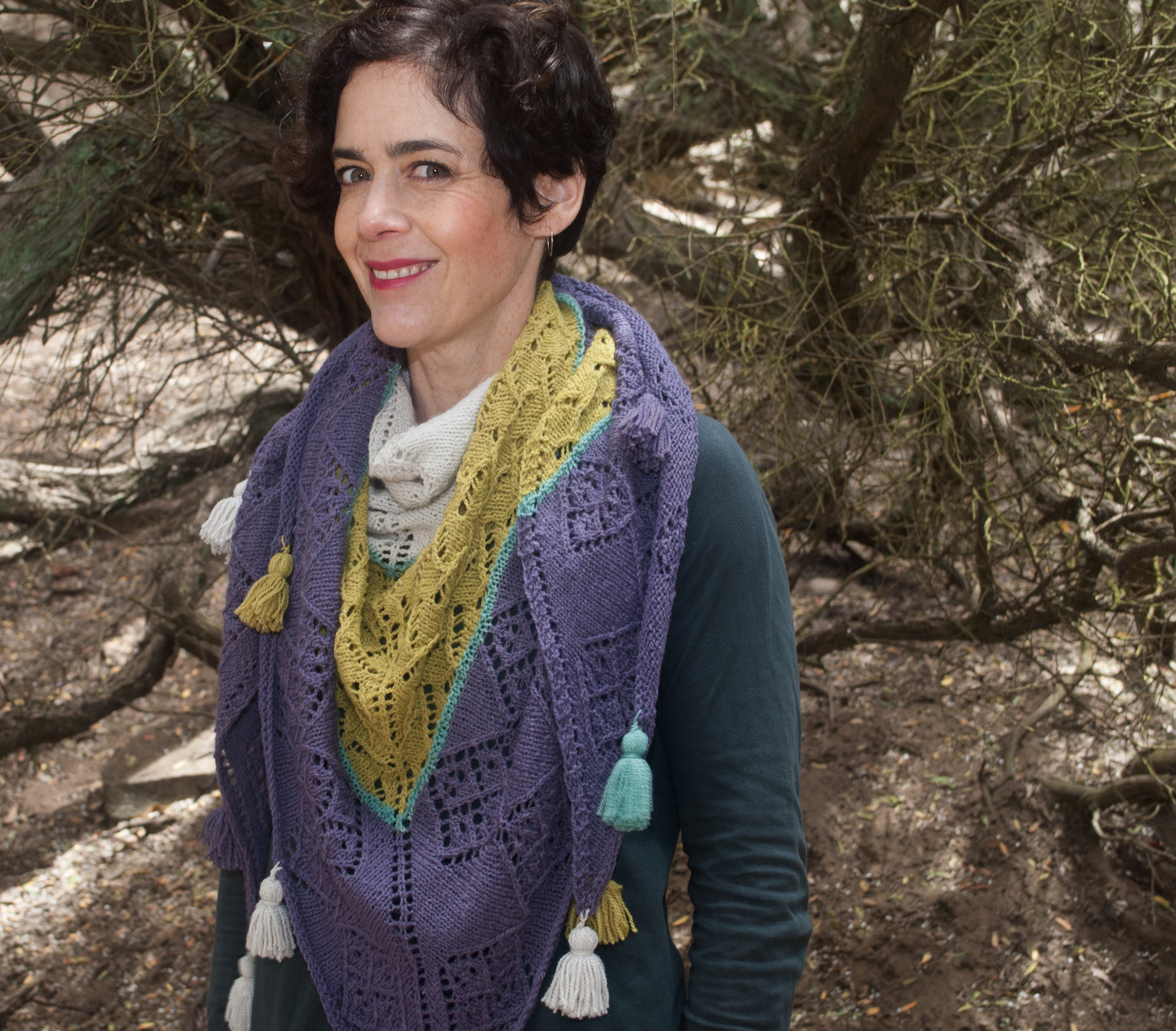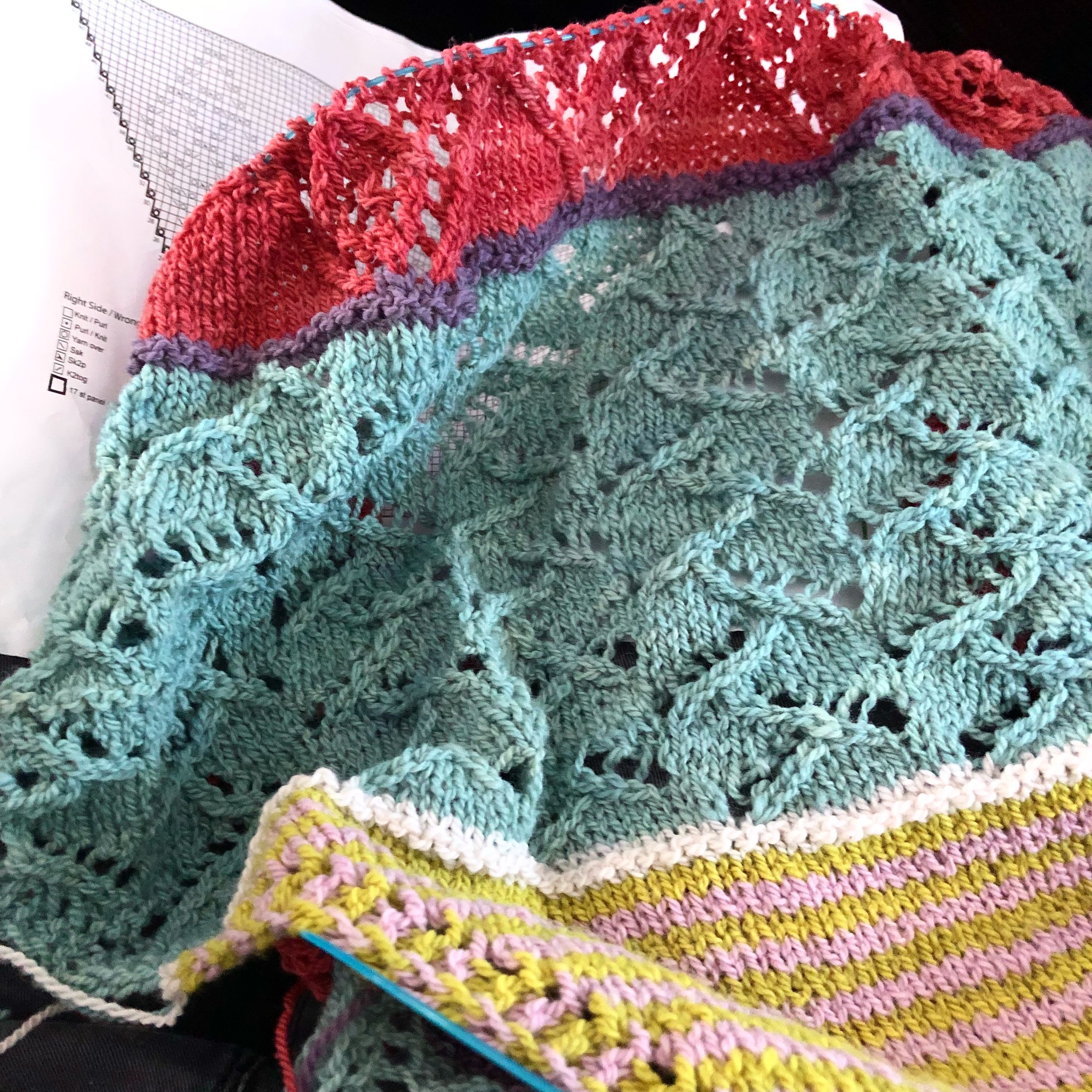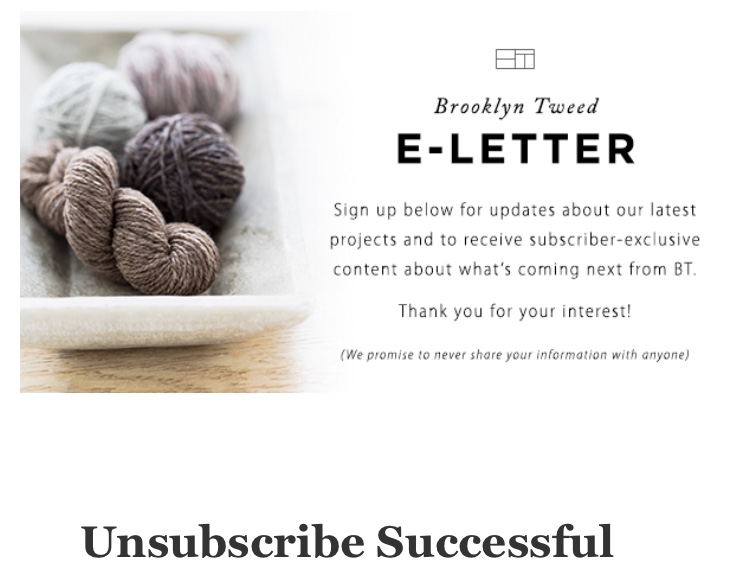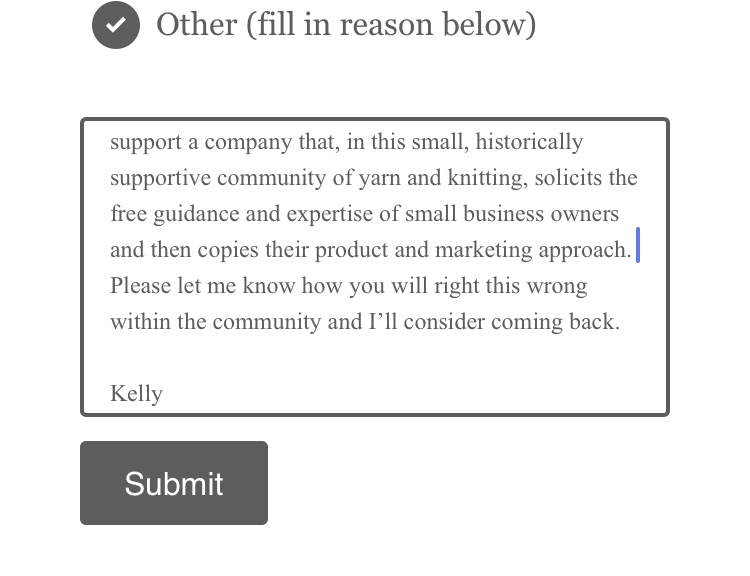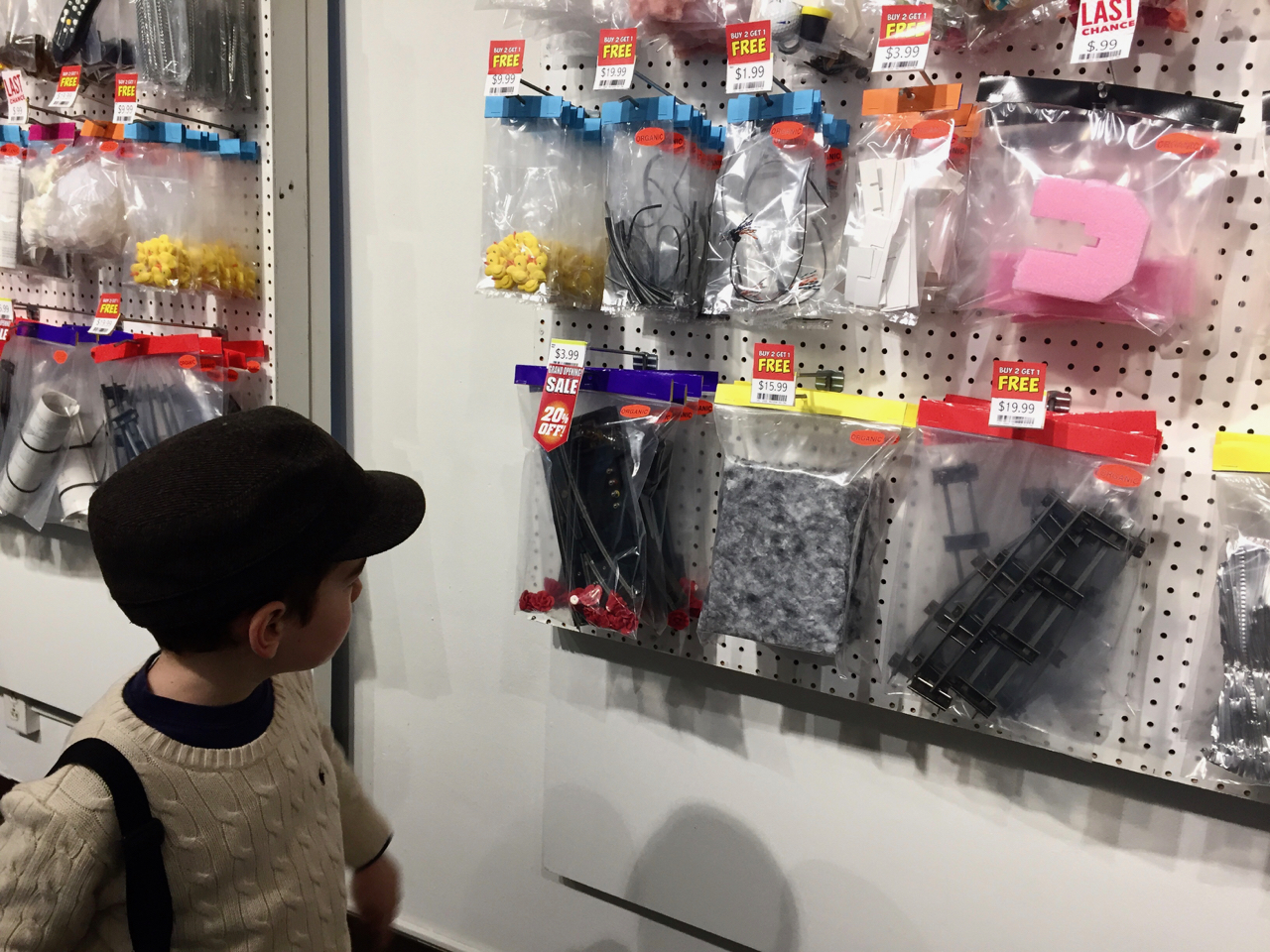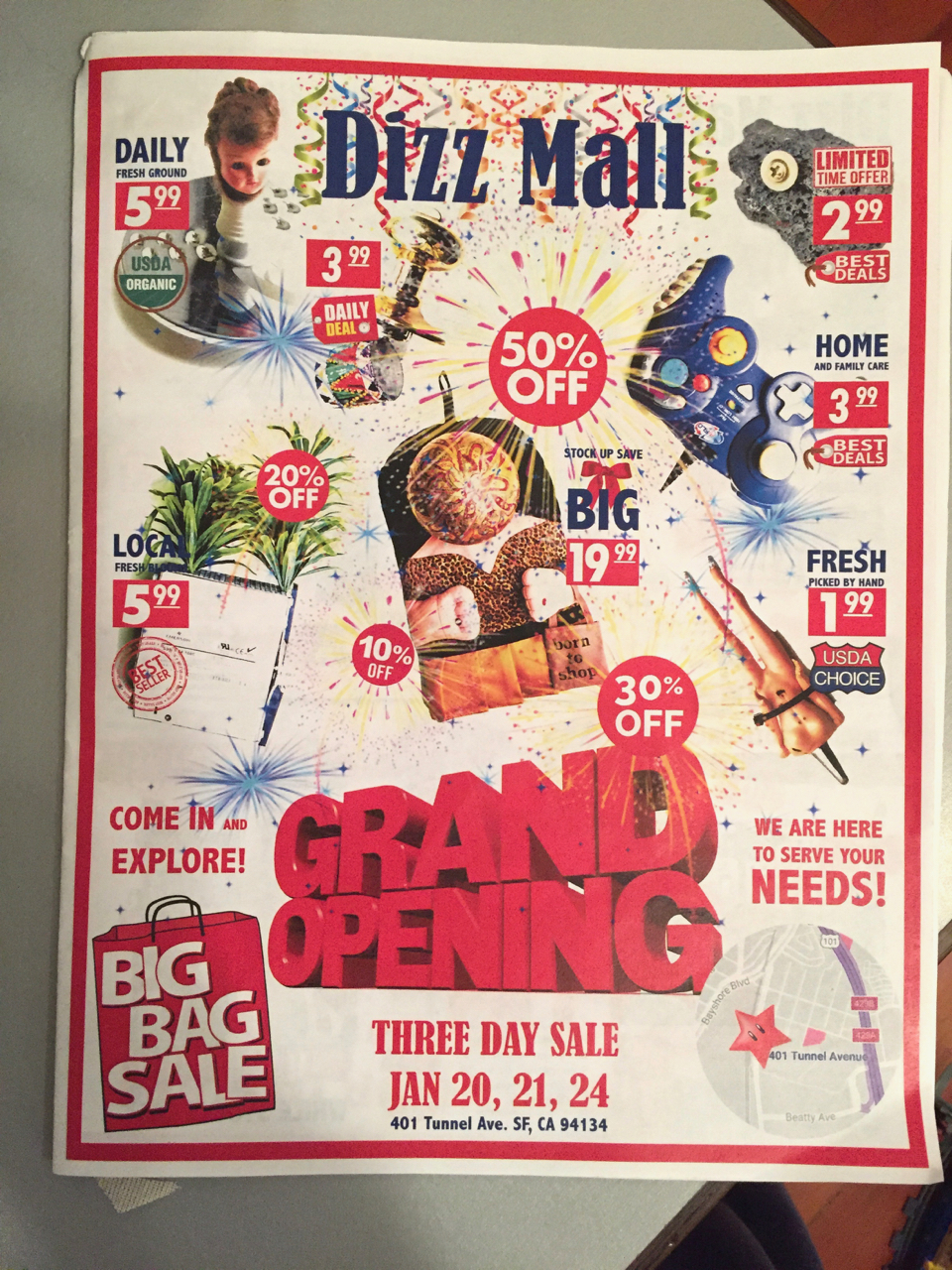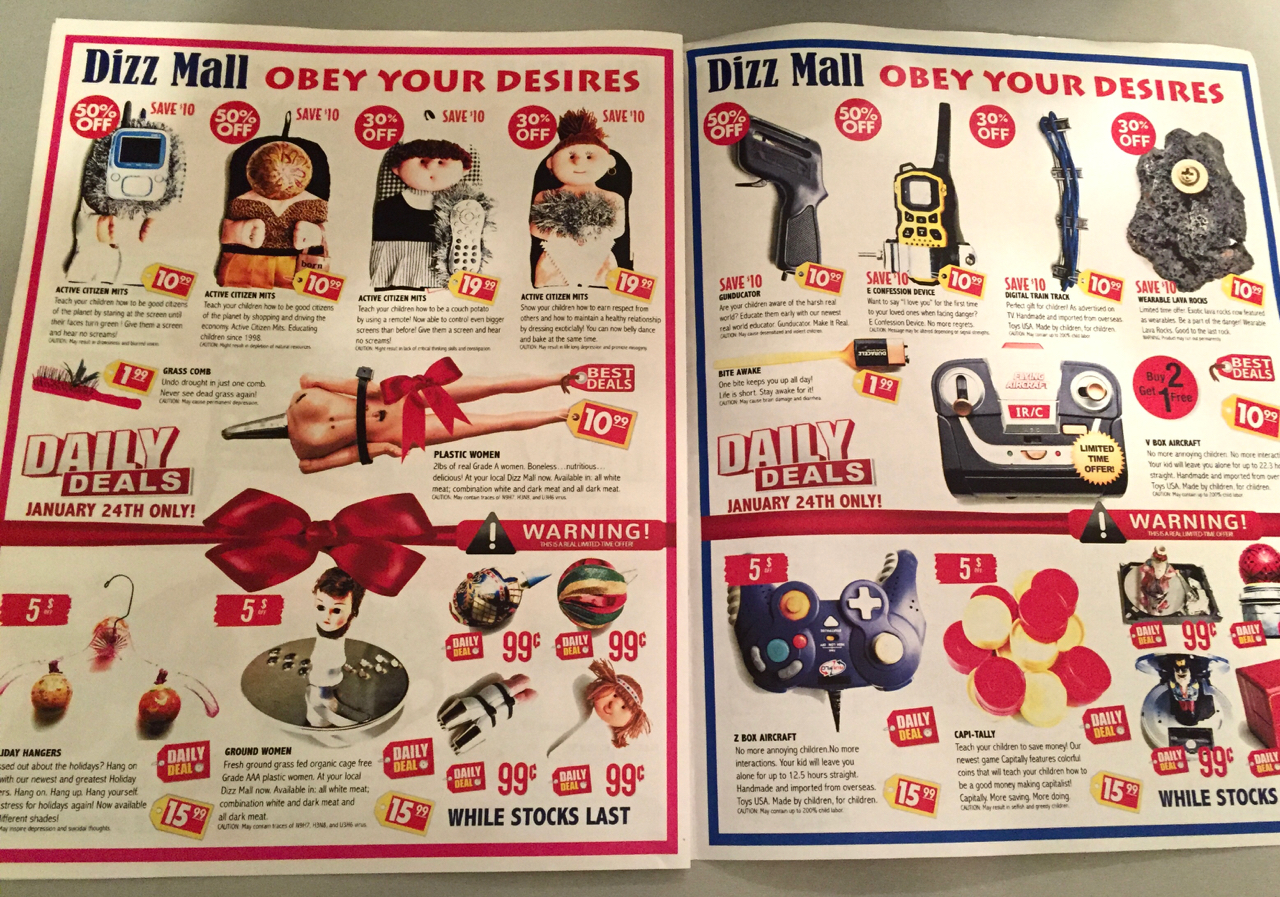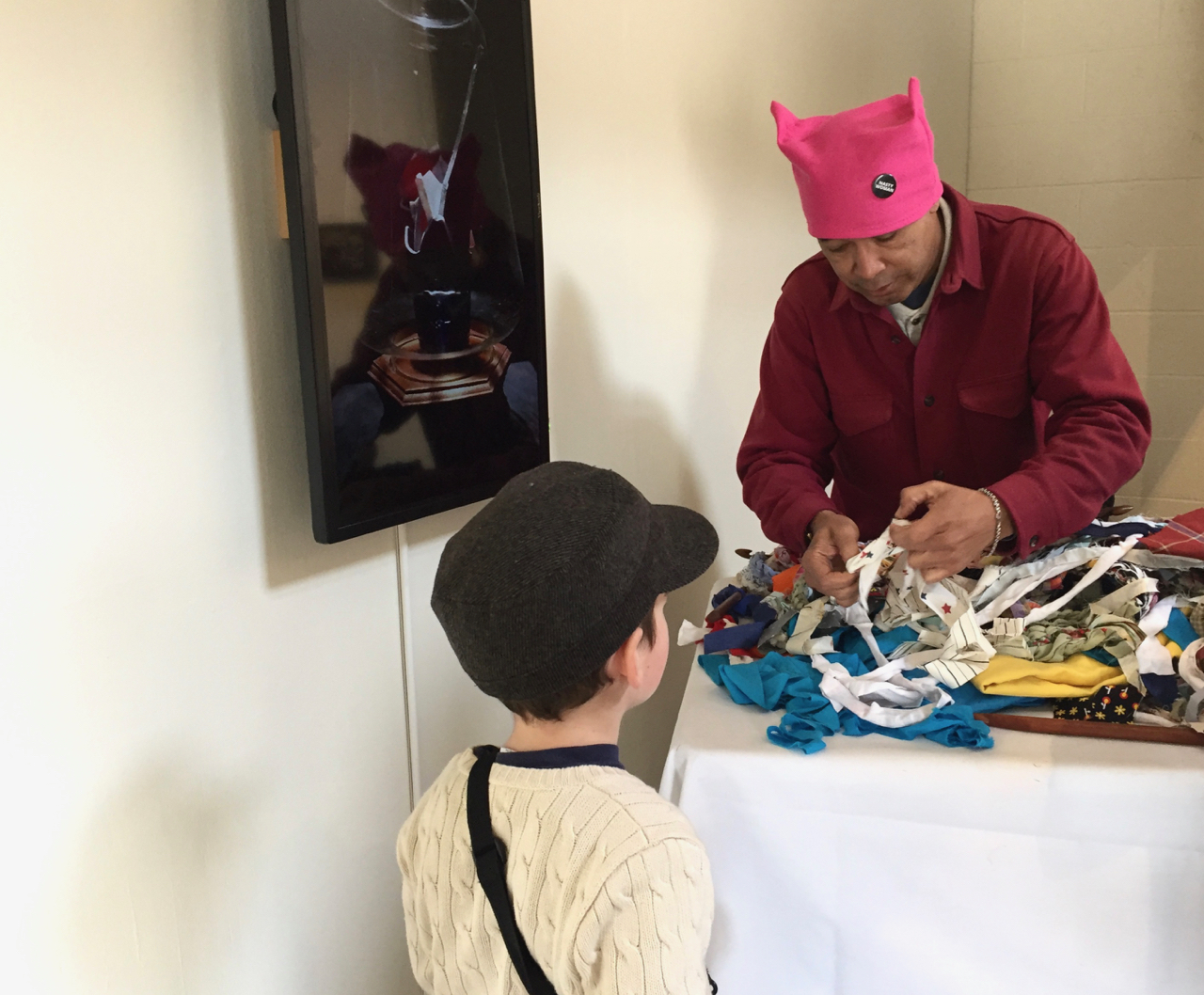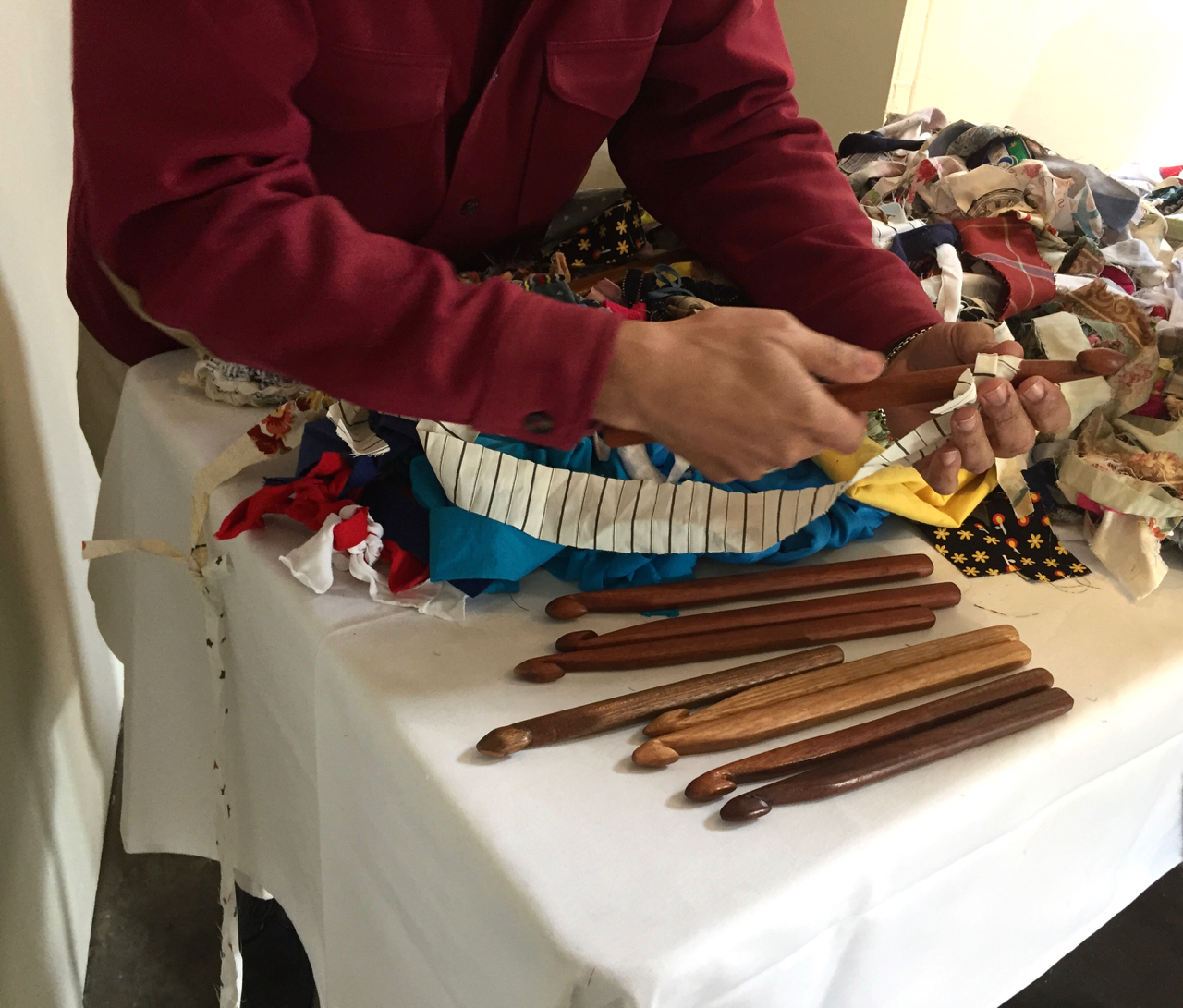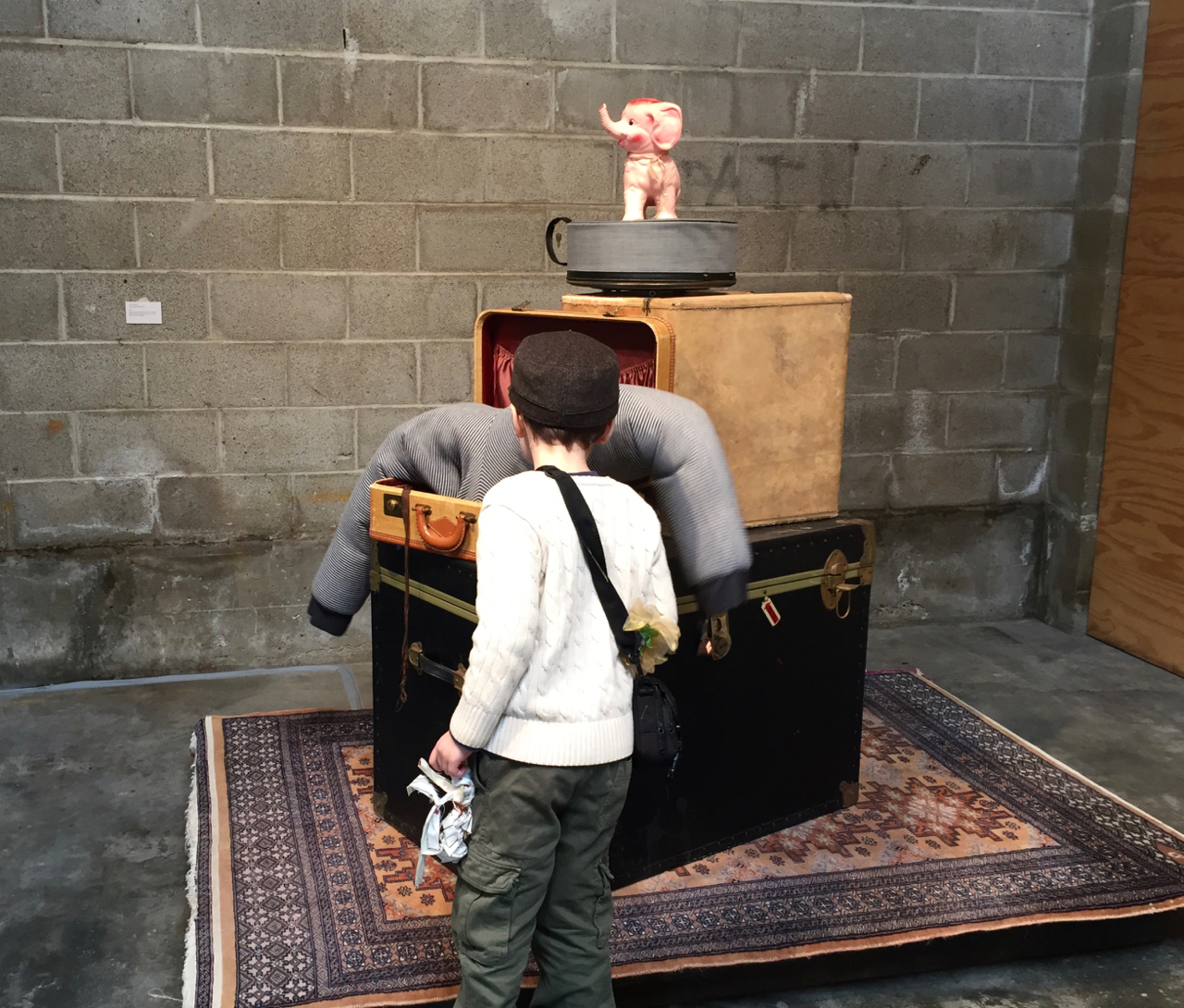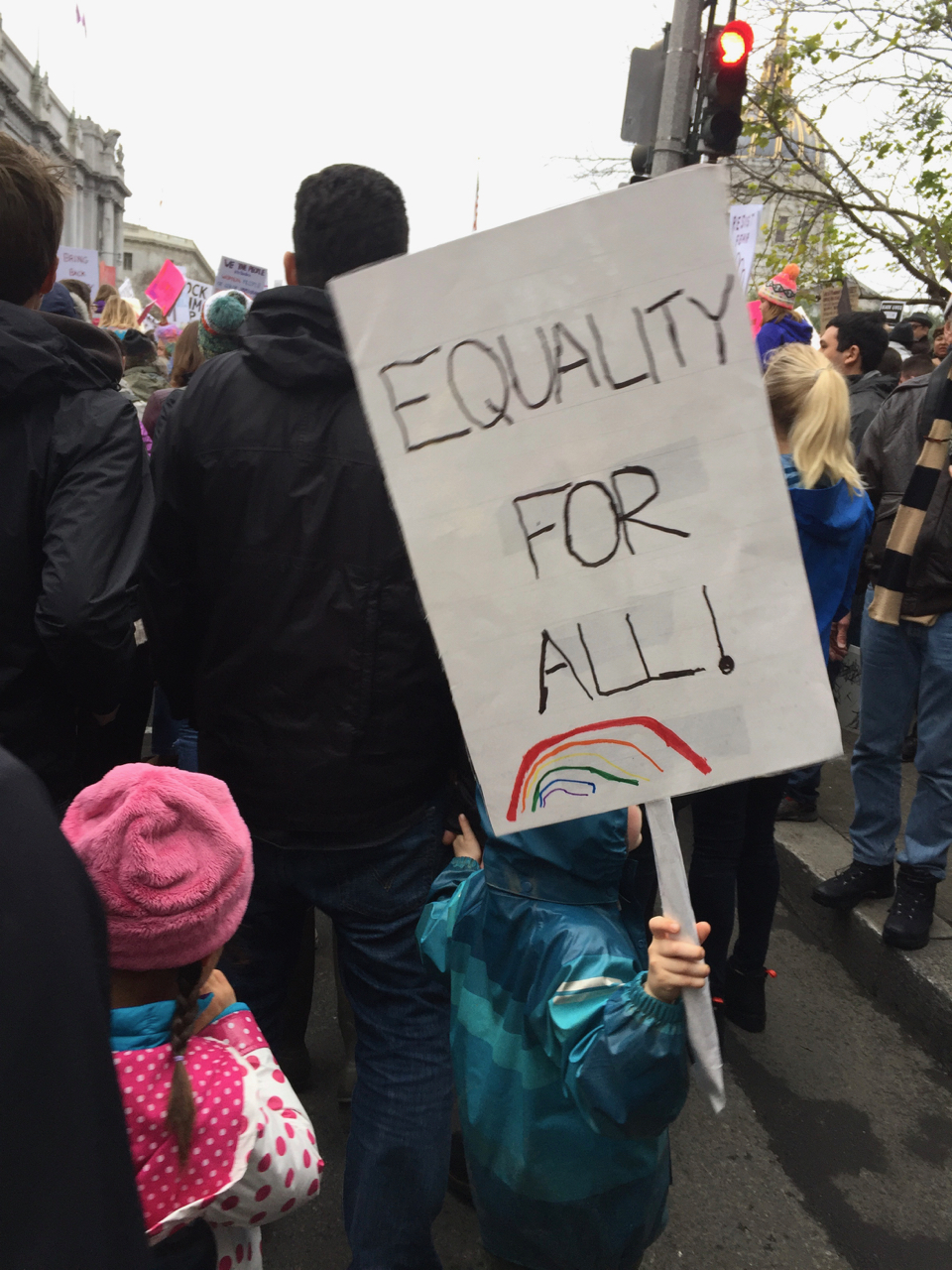How to Make Good Crafting Decisions
Did you know I used to hate shawls? I've come around, obviously. My struggle was more with how to style them. Fortunately, my friends have taught me to appreciate the versatility and warmth of a shawl. And it's easy to love how shawls don't have to fit (no sleeves! no torso!).
Which brings me to my new pattern. It's a shawl called Caravanserai. Here's the blurb, or "pattern romance," about it:
For the travel-loving knitter, this generously sized triangular shawl packs down to nothing. Caravanserai’s bold color changes and geometric lace are just the ticket, whether you’re twirling the night away in your favorite little black dress, dining al fresco in Amalfi, or warming-up après ski. Built centuries ago in the desert regions of Asia and North Africa, a caravanserai was a roadside inn with a central courtyard where travelers could rest and recover from the day’s journey. Wherever you’re headed, toss a playful tassel across your shoulder and enjoy the airy drape of this fly-off-the-needles statement shawl.
Through the end of July 2018, I am donating 50% of Caravanserai pattern sales to RAICES, to support their work providing legal services for immigrant families. You can find more information about RAICES here: https://www.raicestexas.org/about/.
If you knit, please consider picking up a copy of the pattern. And if you don't knit, please consider picking up a pattern anyway! I'm sure you can convince someone to knit the shawl for you or at least teach you how to do it for yourself. Also, please share this post! The more patterns I sell, the bigger the donation to RAICES, an organization doing really important work.
The yarn I used for Caravanserai is Cormo Fingering by Sincere Sheep. The moment I shipped Sincere Sheep my sample for their show booth, I began work on another version in the same yarn for myself. I'm working from my stash for this one. It has been surprisingly fun to mix and match colors I'd never have thought would work together. I have one row left of diamonds to do, then I'm on to the tassels. It's a good summer project--not too hot, easy to pick up and put down without losing my place, and super portable.
This summer, in and around craft projects, travel, and everything else, we've been talking a lot in our family about making good decisions as consumers. Plastic Free July and watching Blue Planet have been the catalysts for the discussions. Eliminating plastic waste wherever possible is important and so is thinking more broadly about other purchasing decisions. Fortunately, we all can address more than one issue at a time. What easier place to start than in our crafts? I mention yarn and knitting here, but these considerations apply to any other craft. They also apply to anything you want or need to buy. But sometimes it's easier to start new habits on something less daunting than every aspect of your entire life. Here are my thoughts so far.
Making Good Crafting Decisions
Use what you've got
- Reduce waste by working from your stash whenever possible.
- Consider giving previously knitted yarn a new life by knitting it into something else. Check out the Unraveling Club at Reunion Yarn.
What? You don't have enough yarn in your stash and lack the patience of a saint required for unraveling? I hear you. That's me usually me, too. Most often, a new project means shopping for new yarn. But before buying...
Do some research before you buy
I know. I'm so eager to get started on that new project, too. But remember that crafting is, compared to many things in our modern world, slow. It is also optional. If you're going to spend all those hours knitting that sweater, shawl, pair of socks or first hat, you can afford to spend some time doing some research to make good decisions about your yarn (and patterns, too).
When shopping for new yarn, go deeper than the basic questions of what's required for the pattern, what fiber you like, and what colors you prefer. Ask questions like, who's behind this company that makes the yarn I want to buy? What are their manufacturing and employment practices? Are those practices sustainable and fair? What are the company's values? The "About" section on most companies' websites will often answer many of these questions. if not, ask. Send the company a direct message through social media, drop an email to customer support, or buck the text/email/dm trend and call them on the phone.
Actions matter more than intentions
Remember that the answers you get about a company's values and practices may not match how a company acts. It's the actions, not the intentions, that matter. Pay attention to what a company actually does, call them out when they blow it, and let them know what (if anything) they can do to have a chance to earn back your business.
Speak up
Speaking up about your decision to take your business elsewhere is critical to raising a company's awareness and hopefully, encouraging them to do better.
For example, you can read here about an issue that Lady Dye Yarns experienced and shared regarding Madeline Tosh. Madeline Tosh's response to me and others on Instagram regarding this issue was so toxically dismissive that I plan to never buy their yarn or any other product from them ever again, and I let them know as much. Another recent example involves Brooklyn Tweed. You can read here about their "dick move." I have unsubscribed from their newsletter and told them why I'm not buying from them.
In short: Be resourceful, get informed, speak up, and support companies and people who deserve your business. Repeat.
You can find the Caravanserai shawl pattern in my Ravelry shop.
